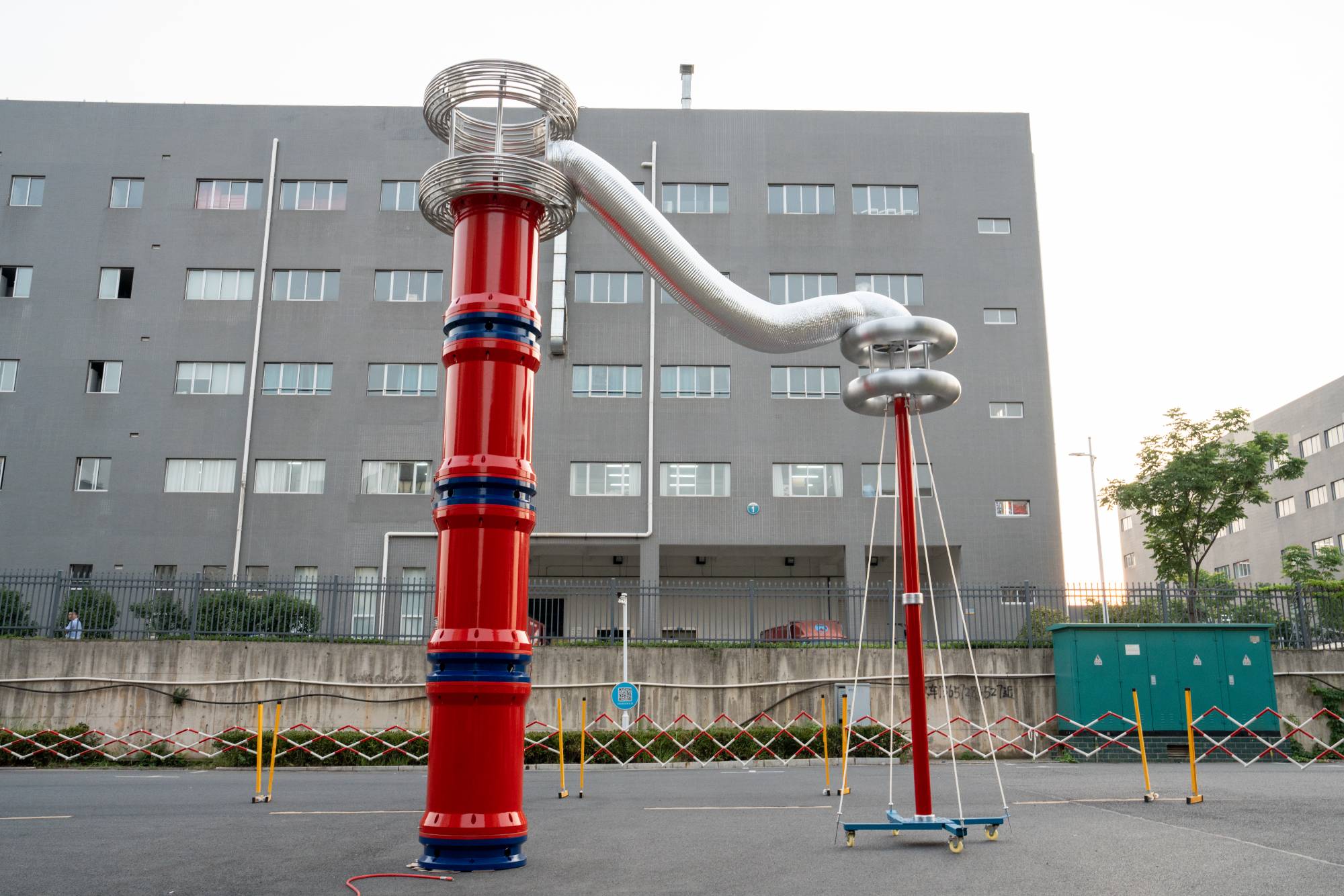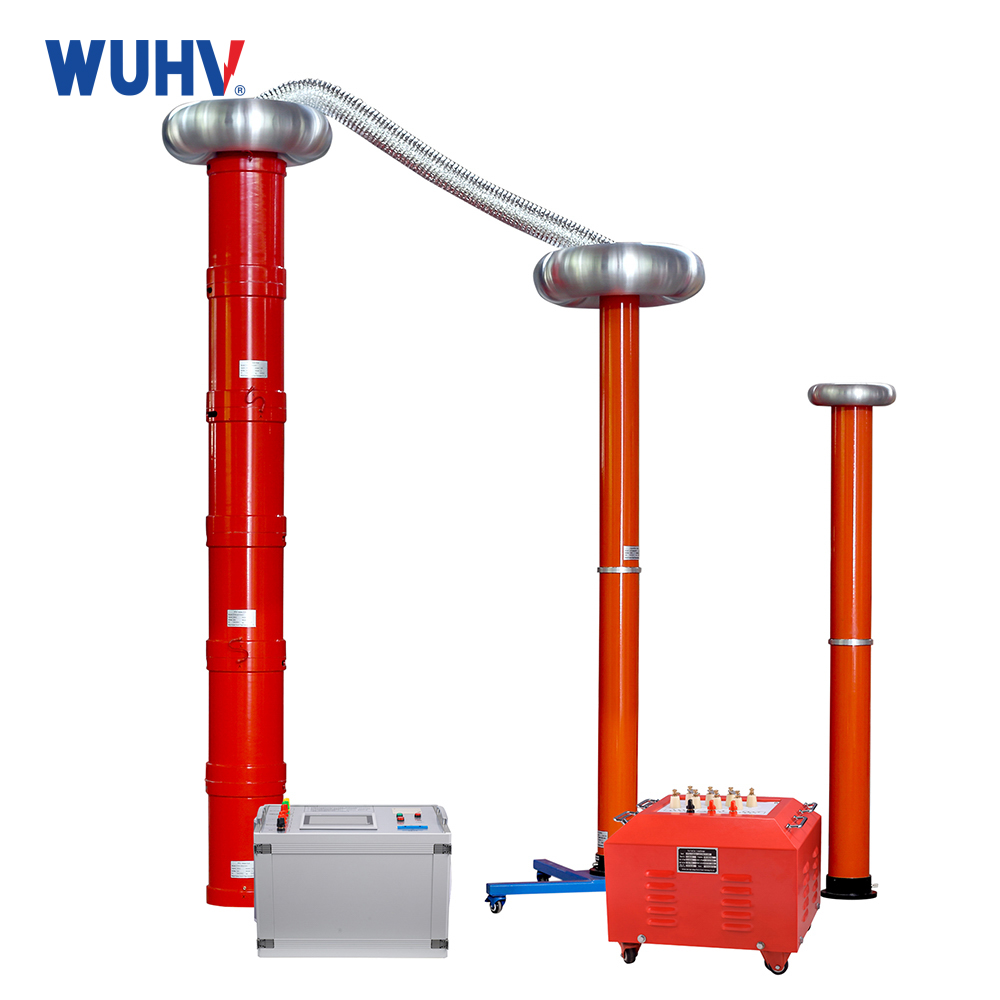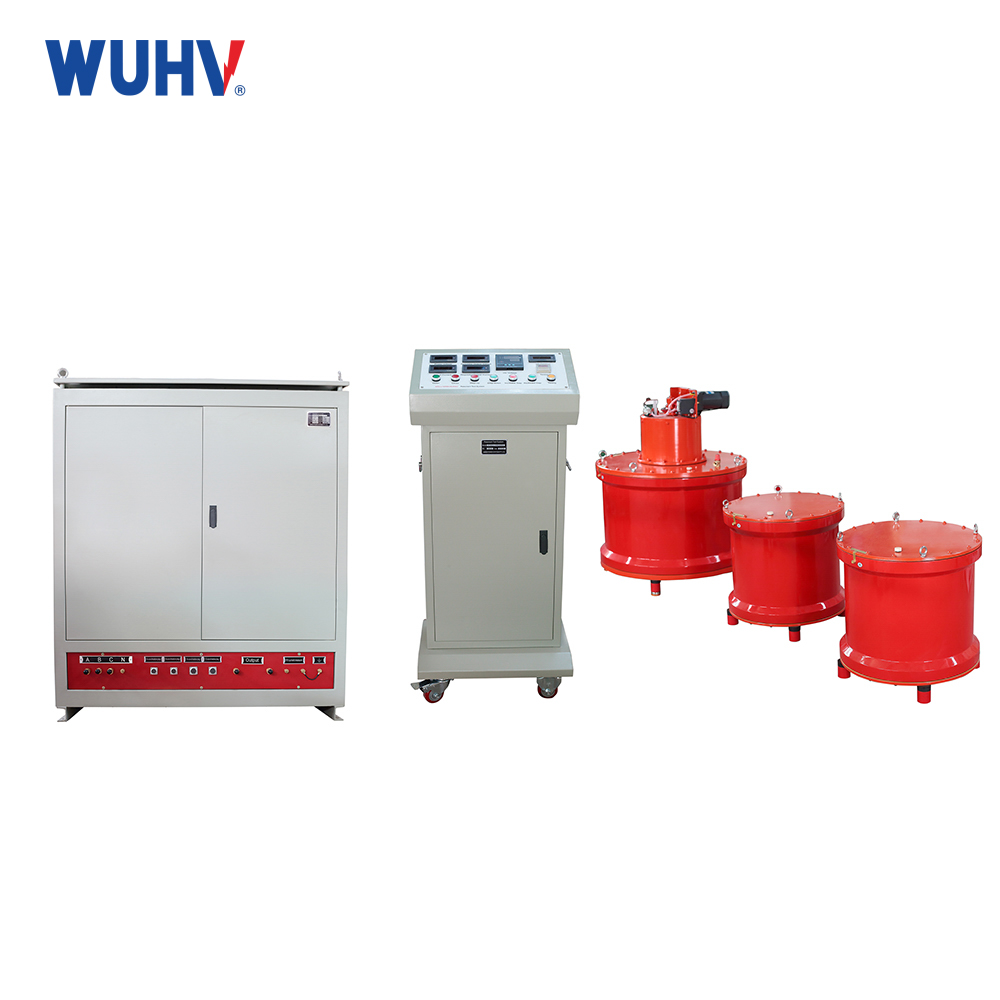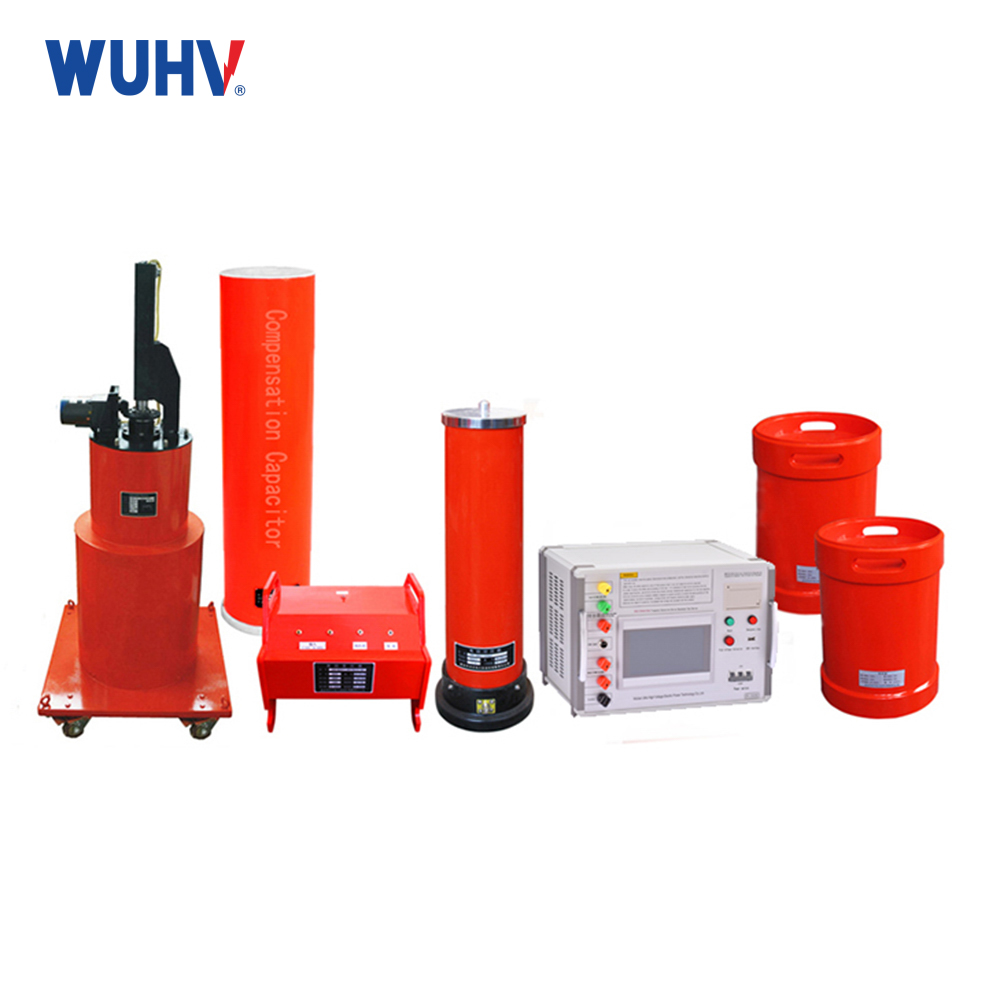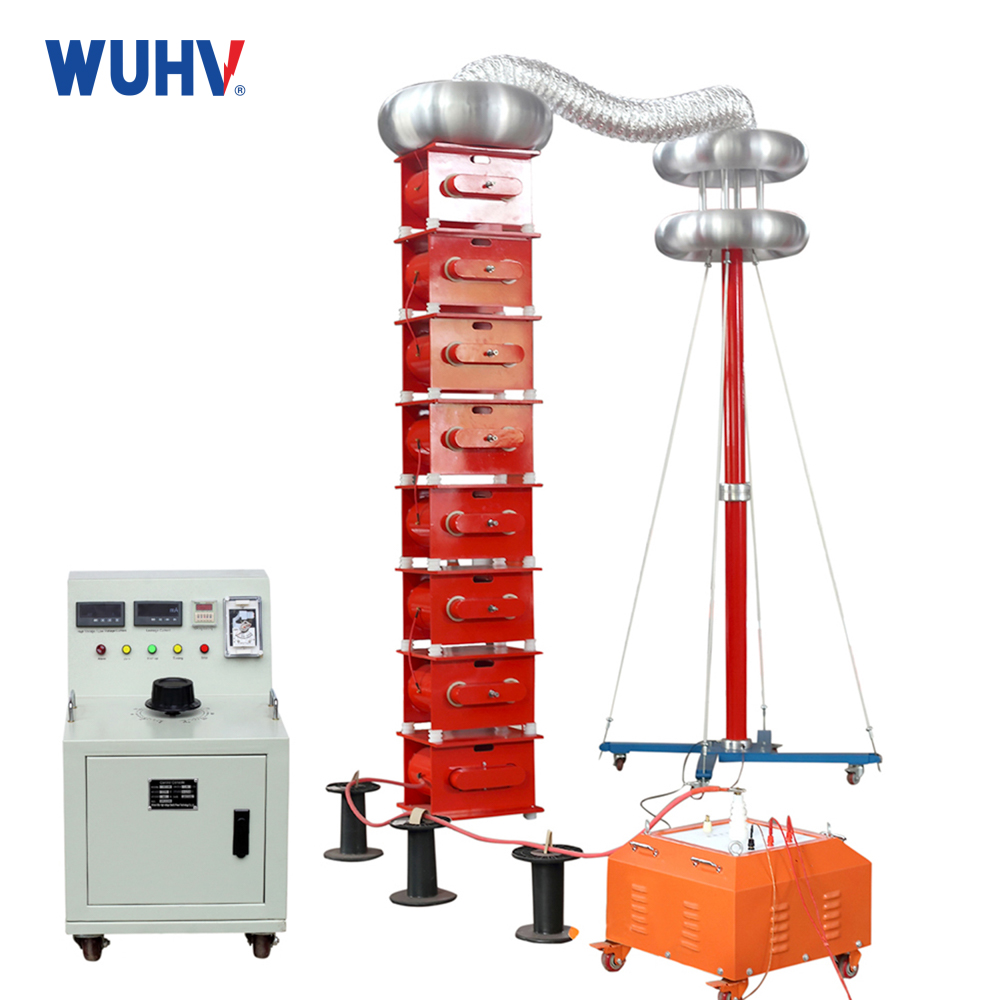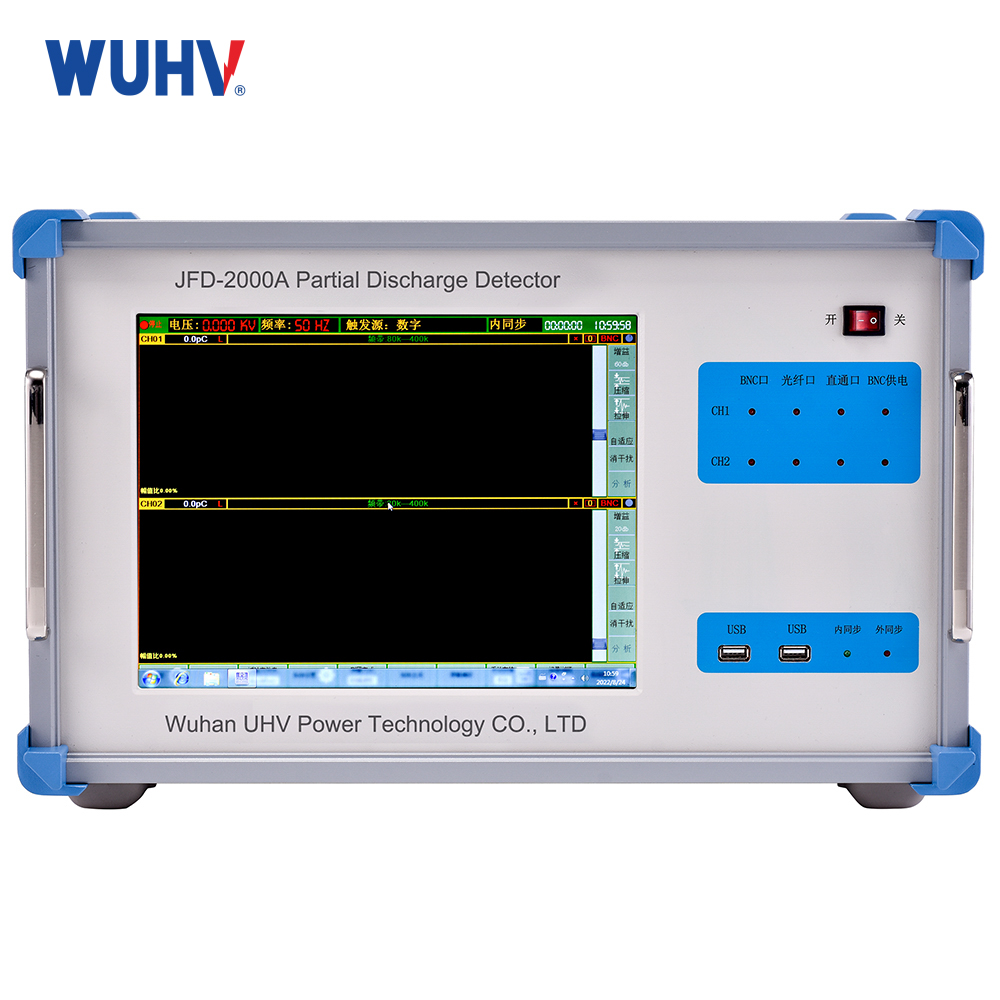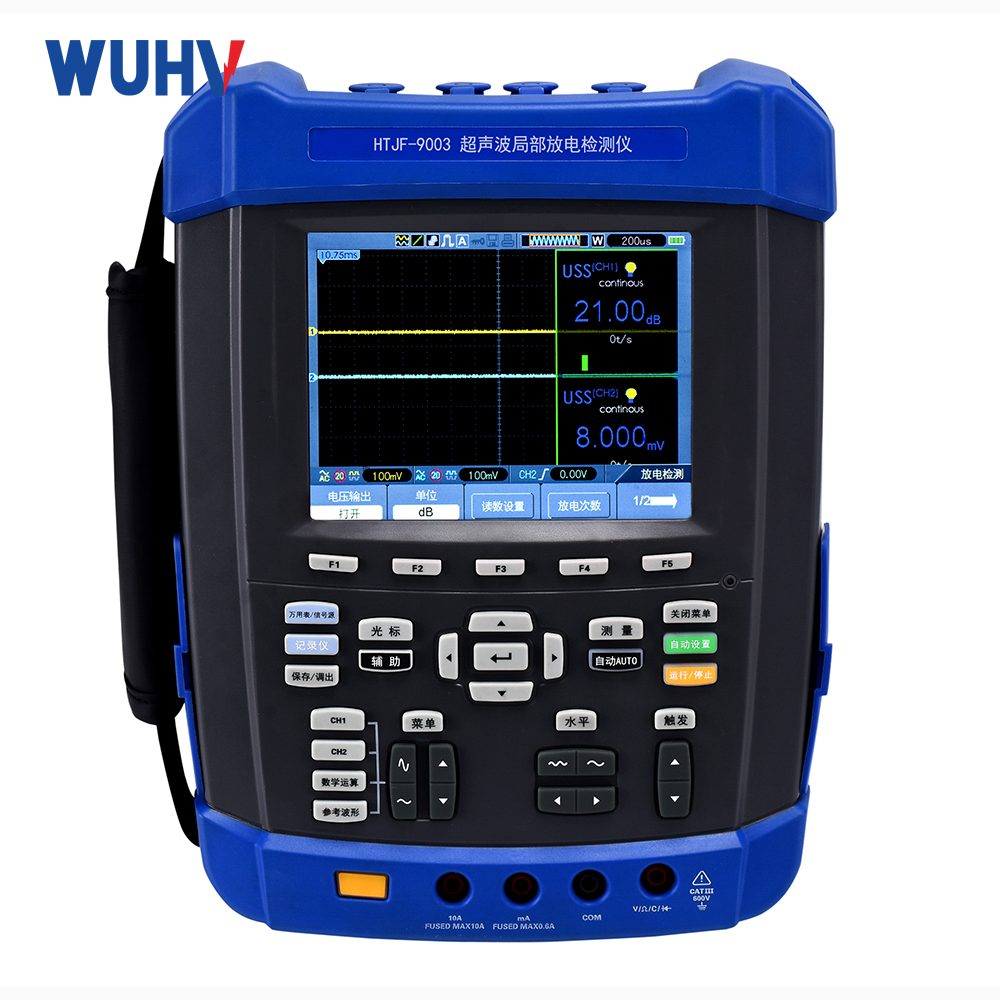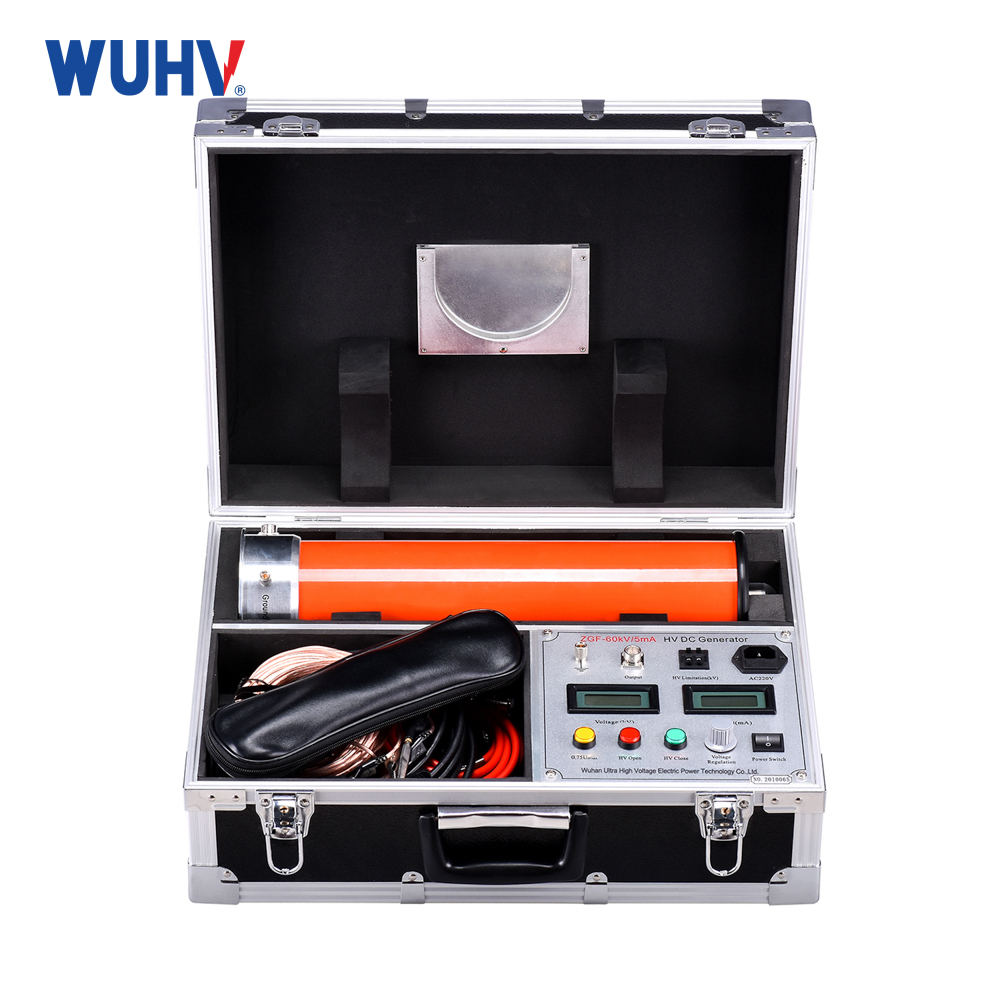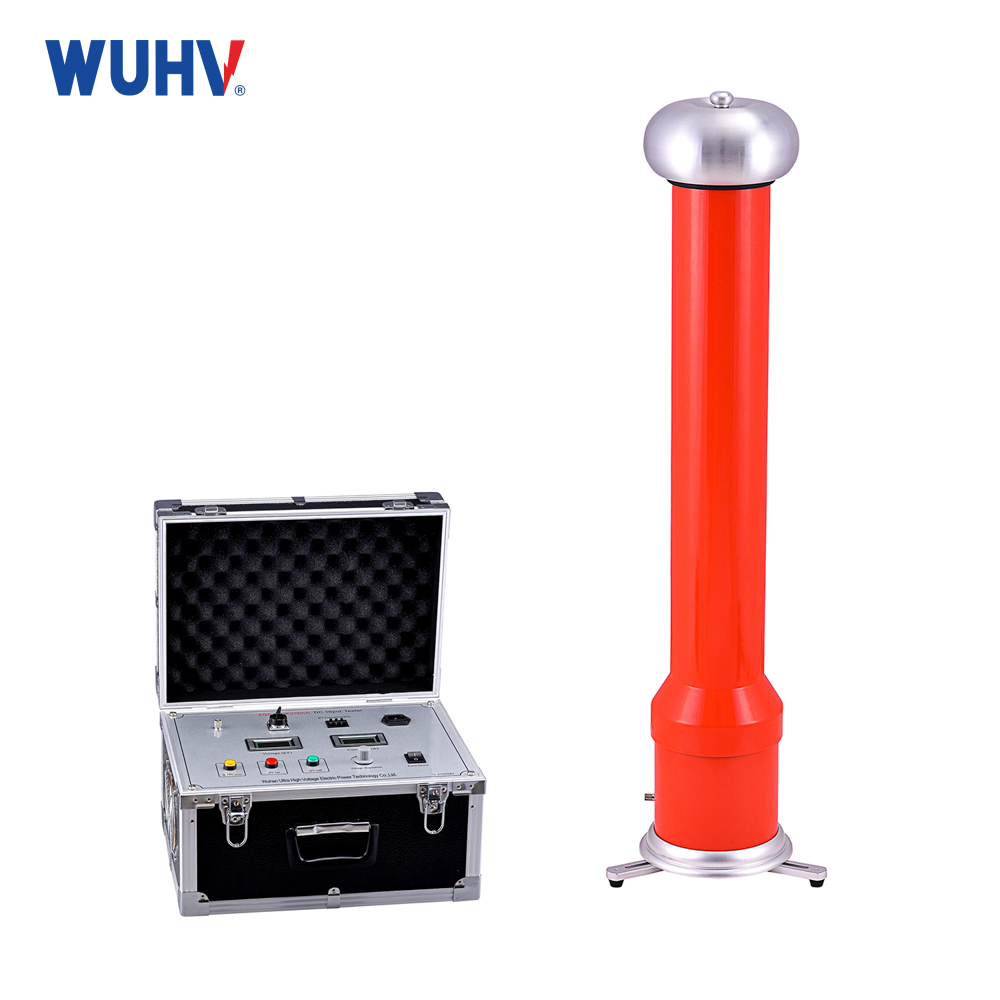Wuhan UHV specializes in producingseries resonance (also known as power frequency withstand voltage test equipment). Next, we will share with you the operation process of power frequency withstand voltage test equipment.
1. Check the connecting wires and confirm that they are correct;
2. Power on: The voltage regulator console of the inductive series resonance test device starts the "power switch" after power on, the "power indicator" light is on, and the LCD lights up to display
3. Increase the output voltage of the voltage regulator: generally increase it by 20V to 40V.
4. Adjusting the gap of the reactor: (i.e. finding the resonance point) In general, the adjustable reactor core should be in the zero gap position after the last test and before the start of this series resonance test. Start pressing the "Increase Gap" button and pay attention to the value of the "Test Voltage". During the process of adjusting the gap, the test voltage increases with the increase of the iron core gap (because increasing the gap gradually approaches the resonance point, the voltage also increases accordingly). When the test voltage reaches a "maximum value" (that is, when it reaches a certain point during the process of increasing the gap, the test voltage actually decreases), this point is the "resonance point".
5. Boosting: Once the "resonance point" is found, the output voltage of the voltage regulator can be increased to the required "rated test voltage" applied to the test object
6. Timing: When the test voltage reaches the desired value, set the "dip time relay", and the generator time is generally 1 minute; After setting, press the "timer" button to start timing.
7. Depressurization: when the withstand voltage time is completed, the voltage regulator will automatically depressurize, and the test is completed (during this process, you can also manually depressurize, that is, press and hold the "Depressurization" button).
8. Core return: After the test is completed, the core must be lowered to the "zero gap" position, which is the lowest point, to ensure that the mechanical transmission rod of the core is not subjected to force when there is no test.


